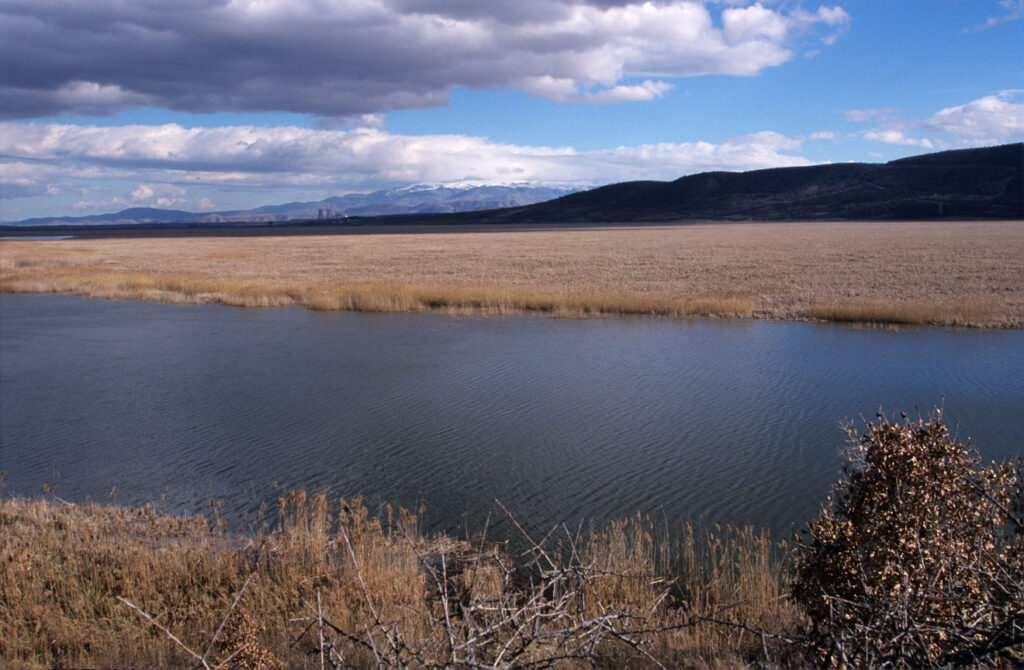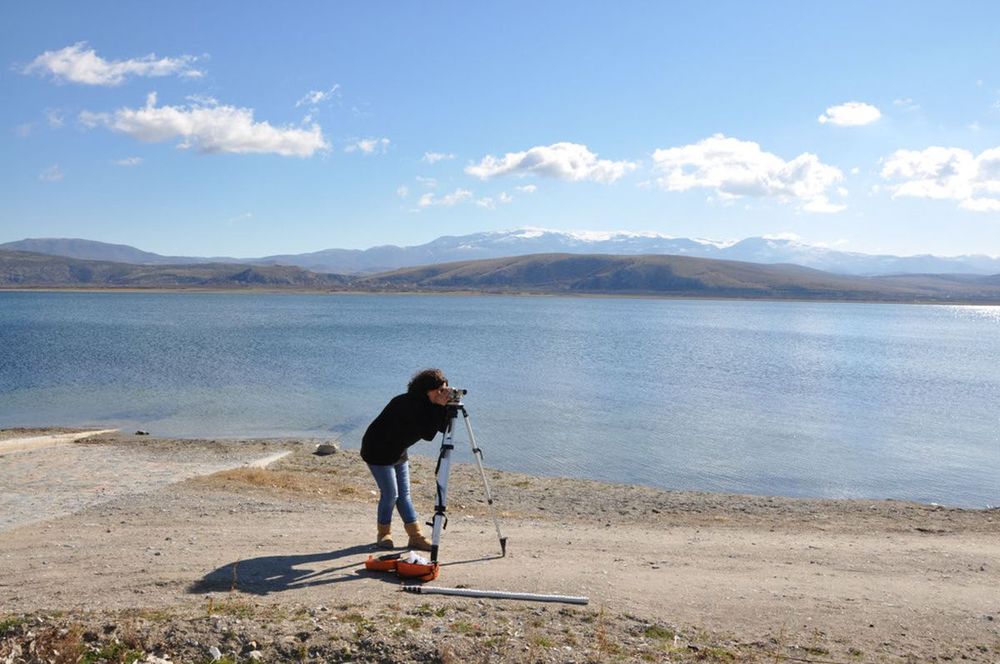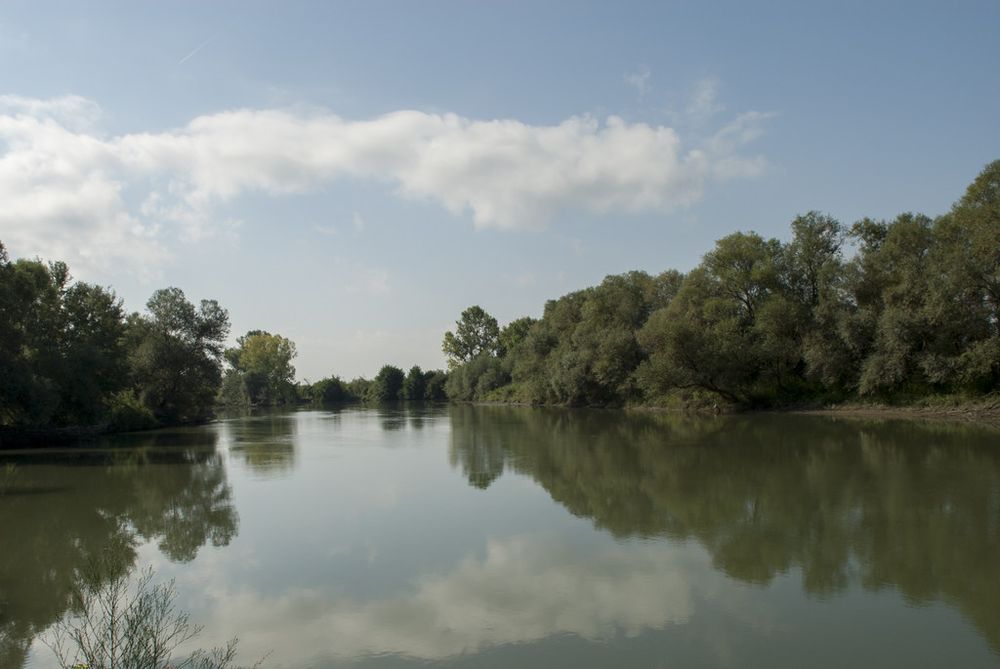The study of ecological flows over time
The ever-increasing withdrawals of water – directly or indirectly – from rivers and lakes for drinking water supply, irrigation, industrial use, hydroelectric purposes, etc. lead to the alteration or even destruction of river and lake ecosystems, when they are done without taking into account their water needs.
In order to preserve ecosystems as part of sustainable development, there is a need to examine and determine their requirements in water regime and to regulate flows and levels for rivers and levels for lakes, to ensure appropriate ecological conditions for their water dependent habitat types and species.
The Water Framework Directive, as well as the Birds and Habitats Directives, set binding objectives on protection and conservation of water-dependent ecosystems. These objectives can only be reached if supporting flow regimes are guaranteed. The establishment and maintenance of ecological flows and water levels, is therefore an essential element in meeting those objectives.
Concrete measures for setting minimum values for river flows /lake levels are now specified in almost all River Basin Management Plans that were prepared for each Water District.
In recent years, due to climate change (severe/more often droughts or flood events but also higher needs for irrigation), the effects of the water regime on aquatic ecosystems has begun to concern even more scientific bodies as well as management and policy makers.
The actions of EKBY
Gerakis et al. (2007) highlighted the issue of environmental flow requirements in water management decision-making and addressed the relationship of the water regime with the biota of wetlands, in lakes and rivers both in a theoretical context and for specific rivers and lakes in the geographical region of Macedonia – Thrace.
Results
Requirements for minimum flows in rivers Axios and Aliakmonas were investigated in the framework of project “Supporting the operation of the Management Body of Delta Axios-Loudia-Aliakmonas (now NECCA) in order to manage its area of responsibility” (2014-2015).
In order to investigate the minimum flows required in the two rivers, the methodological approach of Instream Flow Incremental Method was applied.
Initially, the target fauna and flora species were determined, their needs in individual water parameters were assessed (e.g. flow depth, discharge, etc.), their habitat suitability curves were developed and the effect of changes in discharge on the availability of their habitat was evaluated. To estimate the flow parameters (velocity and depth) under different water supply conditions in the two rivers, their two-dimensional hydrodynamic models were developed and applied. The minimum flow for each river is proposed to be the value that ensures the maximum weighted usable habitat area for each target species.
Results
Papadimos, D. and H. Hadjicharalambous. 2016. Assessment of ecological flows: the case of rivers in the Axios – Loudia – Aliakmonas Delta National Park. Greek Biotope/ Wetland Centre (EKBY). Thermi, Greece. 12 p. (Gr).
In the framework of project “Improving knowledge regarding the determination of the minimum required levels/flows of water bodies” (2015-2017), which was co-financed by the Financial Mechanism of the European Economic Area, EKBY aimed at determining the minimum water level in lakes Zazari, Cheimaditida, Petron and Vegoritida.
The project actions involved: a) analysis of the ecological requirements of the fish fauna (in collaboration with INALE), b) analysis of the ecological requirements of the aquatic vegetation, c) analysis of the morphological characteristics of the lakes and d) analysis of the climatic parameters in the study areas (in collaboration with AUTH). A multidisciplinary approach was followed to comprehensively address the water resource management in the four lakes.
Results
In the context of the project “Documentation of the proposal to determine the ecological level of Pamvotida Lake” (2020-2023), which was implemented by EKBY on behalf of the Pamvotida Lake Management Body (now NEECA), the required water level in the lake was investigated and proposals were made to ensure the natural processes in the lake ecosystem.
The method that was followed belongs to the category of Habitat Suitability Simulation and is based on the Instream Flow Incremental Method.
In particular, the project actions involved: a) the documentation of the desired range of the level of Lake Pamvotida during a year, based on the requirements of water dependent habitat types and species, and b) the identification of the needs to regulate the lake water level, especially during critical periods of the biological cycle of the target species (such as the breeding season of birds), including the needs to regulate water inflows and outflows controlled by technical infrastructure.
Results
Papadimos D., H. Ηadjicharalambous, E. Karadimou and V. Chrysopolitou. 2023. Report on the assessment of Pamvotida requirements in maximum and minimum water level, based on the water needs of the species and their habitats in the lake ecosystem. Greek Biotope Wetland Centre (EKBY). Thermi, Greece. 27 p. + 3Annexes. (Gr).
Papadimos D., H. Ηadjicharalambous, E. Karadimou and V. Chrysopolitou. 2023. Report on the water balance management requirements and associated measures of Lake Pamvotida based on the water needs of the species and their habitats in the lake ecosystem. Greek Biotope Wetland Centre (EKBY). Thermi, Greece. 37p. (Gr).



